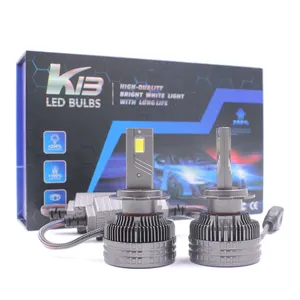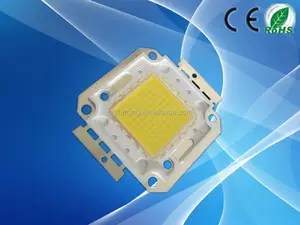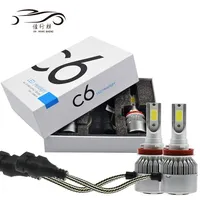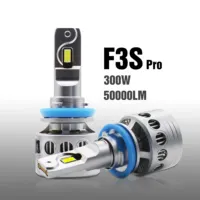When installing H4 LED headlight bulbs, it's essential to understand that they may come with additional components not present in standard halogen bulbs. These can include micro-fans and drivers, which may affect the fitment in certain vehicles with smaller headlight assemblies. Before installation, verify that there's adequate space within your headlight assembly to accommodate these extra parts.
For vehicles without sufficient room behind the headlight assembly, such as those with nearby radiators or backing plates, installing LED bulbs may not be feasible. In cases where the vehicle's headlight assembly is sealed with a dust cap or cover, and the LED bulb doesn't fit, you might consider purchasing an oversized cap that can accommodate the bulb.
If you encounter flickering or strobing after installation, this could indicate the need for a warning canceller or anti-flicker device, especially if your vehicle is equipped with Daytime Running Lights (DRLs). These devices help bypass the car's computer system, allowing the LED bulbs to function correctly without triggering dashboard warnings.
Lastly, some vehicles, particularly certain German and Korean models, may have specific mechanisms to secure bulbs within the headlight assembly. Original mechanisms may not fit over an LED bulb, necessitating the purchase of compatible adapters or retainers, which are readily available on various online marketplaces.














































 浙公网安备 33010002000092号
浙公网安备 33010002000092号 浙B2-20120091-4
浙B2-20120091-4